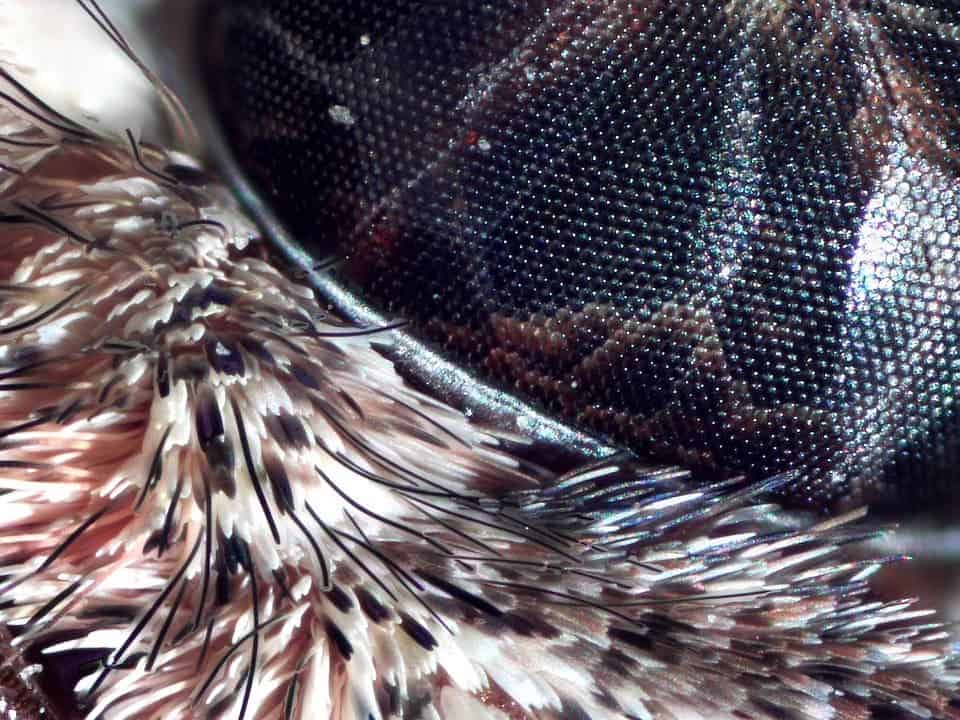Sometimes, nature provides the most unexpected inspiration. In this case, researchers studied moth eyes to develop better phone screens.

Nothing spells “First world problem” like phone glare. Sure, you have this mind-blowing device which can access the sum of human knowledge through the Internet, it can connect you to people across the Earth in seconds, but it just sucks when there’s too much light. The reason glare happens is due to the light reflecting off the screen — it greatly reduces contrast and washes out the image, making it very difficult to see.
In order to overcome this issue (which of course, would be worth a lot of money to the tech market), researchers took inspiration from the eye of moths and came up with a protective film that reduces the surface reflection to 0.23 percent, compared to the iPhone’s surface reflection of 4.4 percent. In relatable terms, this makes glared screens 4 times easier to read (I’m really not sure how this maths works out). Researchers led by Shin-Tson Wu of the College of Optics and Photonics, University of Central Florida (CREOL), report on their new antireflection coating in Optica, The Optical Society’s journal for high impact research.
“Using our flexible anti-reflection film on smartphones and tablets will make the screen bright and sharp, even when viewed outside,” said Wu. “In addition to exhibiting low reflection, our nature-inspired film is also scratch resistant and self-cleaning, which would protect touch screens from dust and fingerprints.”
Moths are nocturnal creatures. Their eyes are covered in anti-reflective nanostructures which ensure that light doesn’t reflect off of them — this would give off their position to predators. Just think about those photos where someone’s eyes came out as red. It’s just like that except much worse, because you get eaten. Researchers took that approach and applied it to their coating.
It’s also a much more elegant solution than today’s existing technology. All the magic is done by tiny uniform dimples, each about 100 nanometers in diameter, which interact with all wavelengths of light (some anti-glare technologies exist on the market, but they only affect some wavelengths). Most screens today use a sensor to detect strong light and then boost luminosity to improve readability — this consumes more battery twice, first for the sensor and then for the increased brightness.
Of course, this isn’t as simple as adding a few dimples. Researchers had to develop a fabrication technique that uses self-assembled nanospheres to form a precise template and then apply it to a feature. It’s an impressively simple solution, but it’s one which requires absolute precision.
“Although it is known that moth-eye structures can reduce surface reflection, it is relatively difficult to fabricate an antireflection film with this nanostructure that is large enough to use on a mobile phone or tablet,” said Guanjan Tan, first author of the paper. “Because the structures are so small, a high-resolution and high-precision fabrication technique is necessary.”
The film also had another, unexpected advantage: it keeps the screen much cleaner.
“Some commercial anti-reflection films can be contaminated by fingerprints or dust,” Wu says. “In our film, we have a special treatment that has a self-cleaning effect,” due to the film’s ability to repel moisture left behind by fingerprints.
It’s also quite flexible, meaning it could be applied in a number of foldable technologies. The only problem is making sure that it survives longer periods of use, which scientists have not accomplished by this point. So it might not pop up on our devices today or tomorrow, but we should definitely keep an eye out for it in the future.
Also, it’s another stunning invention inspired by nature. As NPR reminds us, Velcro was inspired by a burdock plant that stuck to a dog’s fur after a hunt and sticky gecko feet are a surprising inspiration source for NASA. Just look at the world around you. You never know what you’ll find.
Journal Reference: G. Tan, J.-H. Lee, Y.-H. Lan, M.-K. Wei, L.-H. Peng, I.-C. Cheng, S.-T. Wu, “Broadband Antireflection Film with Moth-eye-like Structure for Flexible Display Applications,” Optica (2017). DOI: 10.1364/OPTICA.4.000678.


